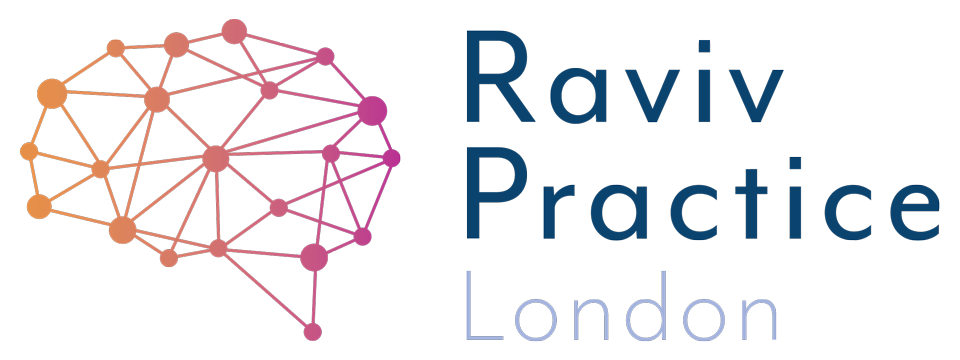
Interactive Metronome®
How can Interactive Metronome® help me, or my child?
Poor processing speed affects many children, and finding the right tools to help can change a child's trajectory.
Interactive Metronome® (IM) helps the brain keep to its internal timing. This timing is known as temporal processing. Measuring microseconds and milliseconds to hours is done by the brain's temporal processing.
Temporal processing is responsible for detecting where a sound is coming from as sound hits one ear microseconds before the other, for waking up and putting to sleep our brain every 12 hours or so, and for focusing attention, reading comprehension, remembering information, processing speech, motor coordination, and along with other activities.
Interactive Metronome® analyses the timing in milliseconds of how accurately a child can react to a constant beat. With carefully adaptive lessons, the child slowly increases speed, and the delays decrease. Increasing temporal processing speed impacts better communication between the regions in the brain.
Interactive Metronome®’s game-like auditory-visual platform engages the child and provides constant feedback at the millisecond level to promote synchronised timing in the brain. Interactive Metronome® is evidence-based with over 300 published research studies.
If you know your child is delayed in motor movement, speech, processing or you want to improve their/your executive functioning skills, then this program is the right tool to help.
It builds the three domains for effective processing:
Motor planning – hands, feet, hand and feet using dominant and non-dominant sides of the body.
Cognitive – listening, rhythmic, sequencing skills.
Emotional –improving temporal processing means better executive functioning and emotional control
Beneficial for children with:
Executive Functioning Disorder
Attention Deficit Hyperactivity Disorder (ADHD)
Autism Spectrum Disorder (ASD)
Sensory Processing Disorder (SPD)
Developmental Coordination Disorder (DCD)
Speech and language delays
Poor sequence, timing and slow processing speeds.
It can also help neurotypical children improve performance in school, sports, and daily routines.
An overview of Interactive Metronome®
How does it work?
The child listens to a metronome beat through headphones and performs hand or foot movements in time with it. Motion sensors and biometric technology measure how accurately (to the millisecond) they respond. Real-time feedback helps the brain learn to make finer, more precise adjustments, just like physical therapy for the brain's timing circuits.
How is the programme delivered?
The program is delivered remotely (after purchasing the equipment) with zoom calls to monitor progress at regular intervals. It can also be delivered as part of the ongoing one-to-one therapy.
What is needed for Interactive Metronome® program?
Computer, high speed internet, Interactive Metronome® Home kit equipment.
How long is the program?
Protocols are always 5 days per week
30-minute protocol - 12 weeks
15-minute protocol - 24 weeks
6-minute protocol - Duration tailored to the individual. Bespoke protocols suited to
non-verbal children/ those with ASD/developmentally behind.
Home-based training offers flexibility for your family's routine, with regular feedback from us.
What should I do next?
If you are interested in accessing the Interactive Metronome® program, or just want to learn more, then:
What other tools does Raviv Practice London have for individuals wanting to improve their reading skills?
If you’re ready to take things to the next level, you should also take a look at our Working Memory Programme.
